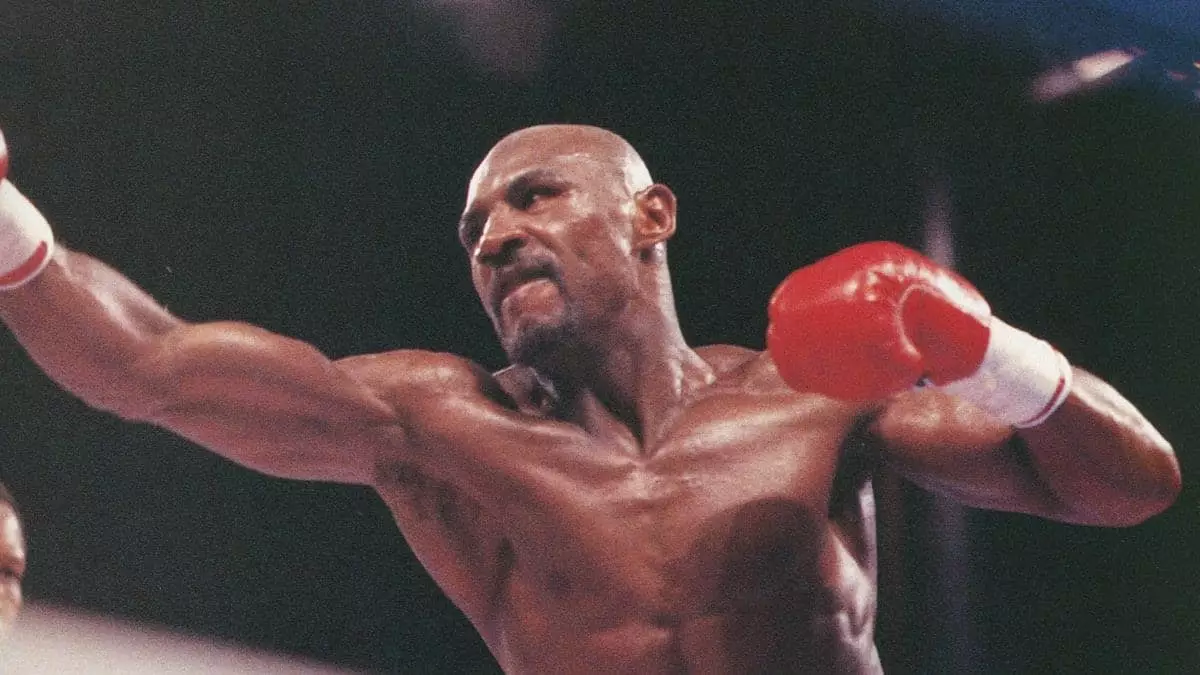April 6, 1987, is a date forever etched in the annals of boxing history, primarily due to the legendary bout between Sugar Ray Leonard and Marvelous Marvin Hagler. Dubbed as the “Super Fight,” this face-off not only tested the mettle of two of the sport’s greatest athletes but also ignited an ongoing debate that fans still passionately engage in today. Each year, when the anniversary of this match rolls around, fans of all ages gather to reflect on where they were, who they were with, and—most critically—whom they believed was the rightful victor. This fight didn’t just have a winner and a loser; it had an impact that transcended the squared circle.
The Dramatic Stakes
At the time, Leonard’s return to boxing was nothing short of dramatic. After having sustained a significant eye injury that led to his retirement in 1982, many skeptics doubted Leonard’s ability to compete at the highest level again. His lone comeback bout prior to facing Hagler was against Kevin Howard, a fight that left Leonard feeling less than triumphant and resulted in another brief retirement. However, it was the aging but relentless Hagler, who had just endured a grueling match against John “The Beast” Mugabi, that compelled Leonard to consider a comeback. With Hagler’s nose already deep in the championship experience, the match became a question of whether Leonard’s skill could outshine a man who had spent years holding the middleweight title.
In the lead-up to the bout, Leonard demanded significant changes to the fight’s parameters—most notably a reduction in rounds from 15 to 12 and the use of 10-ounce gloves instead of the standard 8-ounce. These decisions hinted at Leonard’s strategy for evading Hagler’s strength while maximizing his own speed and technical prowess.
The Fight: Style Meets Strategy
When the bell rang, the showdown burst into life. Leonard showcased a fusion of artistry and audacity—his ability to slip punches, combined with explosive counter-attacks, dazzled audiences and left Hagler momentarily off-balance. Leonard executed his game plan with precision, fully aware that he needed every advantage he could muster. Hagler began the fight using a more conventional boxing style, an approach that seemingly played into Leonard’s hands. The initial rounds saw Leonard employing a mix of clever footwork and dazzling combinations that made the fight more favorable to him, muddling the judges’ perceptions of Hagler’s more aggressive but less effective approach.
As rounds ticked by, the duel morphed into a psychological chess match. Hagler eventually shifted gears, attempting to regain control. Yet amid all the shifting dynamics, it was Leonard’s crafty maneuvering and calculated risk-taking that would leave a lasting impression. The fight, though fiercely contested, was not simply about physical prowess; it was a battle of wills, and Leonard, with his electric personality and undeniable heart, electrified the arena in Las Vegas.
The Aftermath: A Divided Legacy
When the final bell rang, Leonard won a controversial split decision, which sparked waves of debate. Supporters of Hagler claimed that the judges had misjudged the action and that Hagler’s relentless power and aggression merited a more favorable outcome. Meanwhile, ardent Leonard fans declared that he had outclassed Hagler with greater skill and intellect—as evinced by one judge’s astonishing 118-110 scorecard in Leonard’s favor.
The aftermath of this epic bout not only left a palpable divide among boxing fans but also led to discussions of a rematch that never materialized. In retrospect, it can be argued that perhaps a sequel would have tainted the perfect narrative of their first encounter. Just as great legends often do, Leonard and Hagler remain iconic figures, symbolizing the contrasting elements of boxing: finesse versus brute strength.
As we gather to remember this legendary fight, it’s vital to acknowledge its lasting significance. The clash of styles, the artistry of combat, and the profound emotional stakes go far beyond mere statistics. Leonard’s victory in what many regard as his greatest fight serves as a cornerstone of his illustrious career, a legacy that transcends the decades and continues to ignite passionate discussion among fans. This is not just a story of two fighters; it’s a spectacular reminder of what boxing can do when extraordinary talent meets unforgettable resolve.

